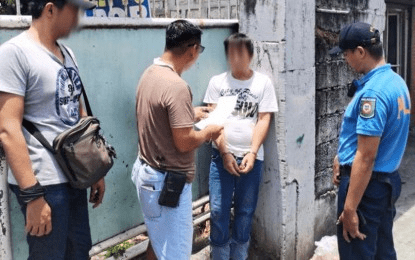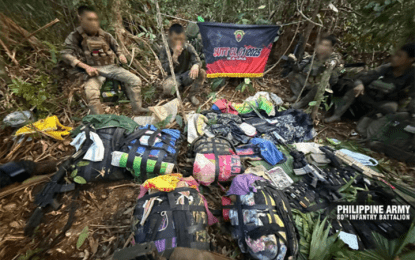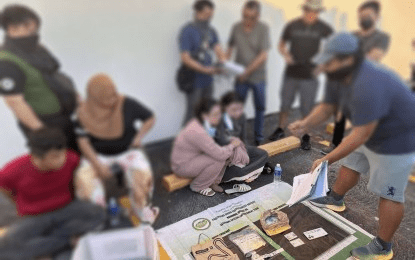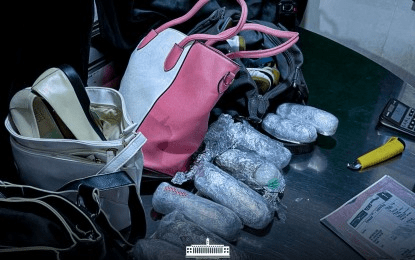By Mary Judaline Partlow

DUMAGUETE CITY – The four foreign hikers who got lost while hiking were rescued on Saturday morning in the mountainous village of Silab, Amlan, Negros Oriental.
The rescued hikers were identified as Germans Wolfgang Schlenker, 67, and Aldwin Fink, 60; Russian Anton Chernov, 38; and a Canadian national identified only as Terry, all residing in Valencia town.
They were separated from their two companions on their way to Balinsasayao Twin Lakes Natural Park on Wednesday. The two were rescued Friday.
Lt. Col. Michael Aquino, commanding officer of the 11th Infantry Battalion of the Philippine Army, told the Philippine News Agency that he dispatched two teams at daybreak to search for the four.
“The troops, accompanied by some civilian rescue volunteers, followed a creek until they came across the missing hikers at an area about one kilometer away from the hydropower plant in Barangay Silab around 9:45 in the morning,” Aquino said.
Three were ambulatory, while Chernov had to be carried on a stretcher as he showed signs of hypothermia and complained of knee pain.
The group was taken to a nearby hut, where they were given warm drinks, food and blankets.
Aquino said the foreigners survived for three days with whatever edible food they could find along the way.
Rescue vehicles and ambulances from the Amlan Disaster Risk Reduction and Management Office transported the hikers down the mountain around 11 a.m., and then brought to the Negros Oriental Provincial Hospital in Dumaguete City.
When interviewed, the foreigners said they were “shocked” to discover that their two other companions, Alexander Radvanyl, a 60-year-old British national, and Torsten Martin Groschupp, a 58-year-old German, were no longer with them.
Radvanyl and Groschupp were rescued on Friday afternoon somewhere in the Balinsasayao Twin Lakes vicinity where two residents found them.
Aquino said locating the hikers was challenging due to the vast expanse of the Mt. Talinis mountain range, which spans multiple towns.
Using GPS (global positioning system), Army troops were able to estimate the probable location of the four, based on information and photos provided by Radvanyl and Groschupp.
With no mobile or internet signal in the area, rescuers relied on hand-held radios for communication. (PNA)




